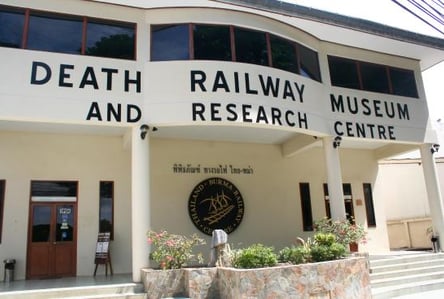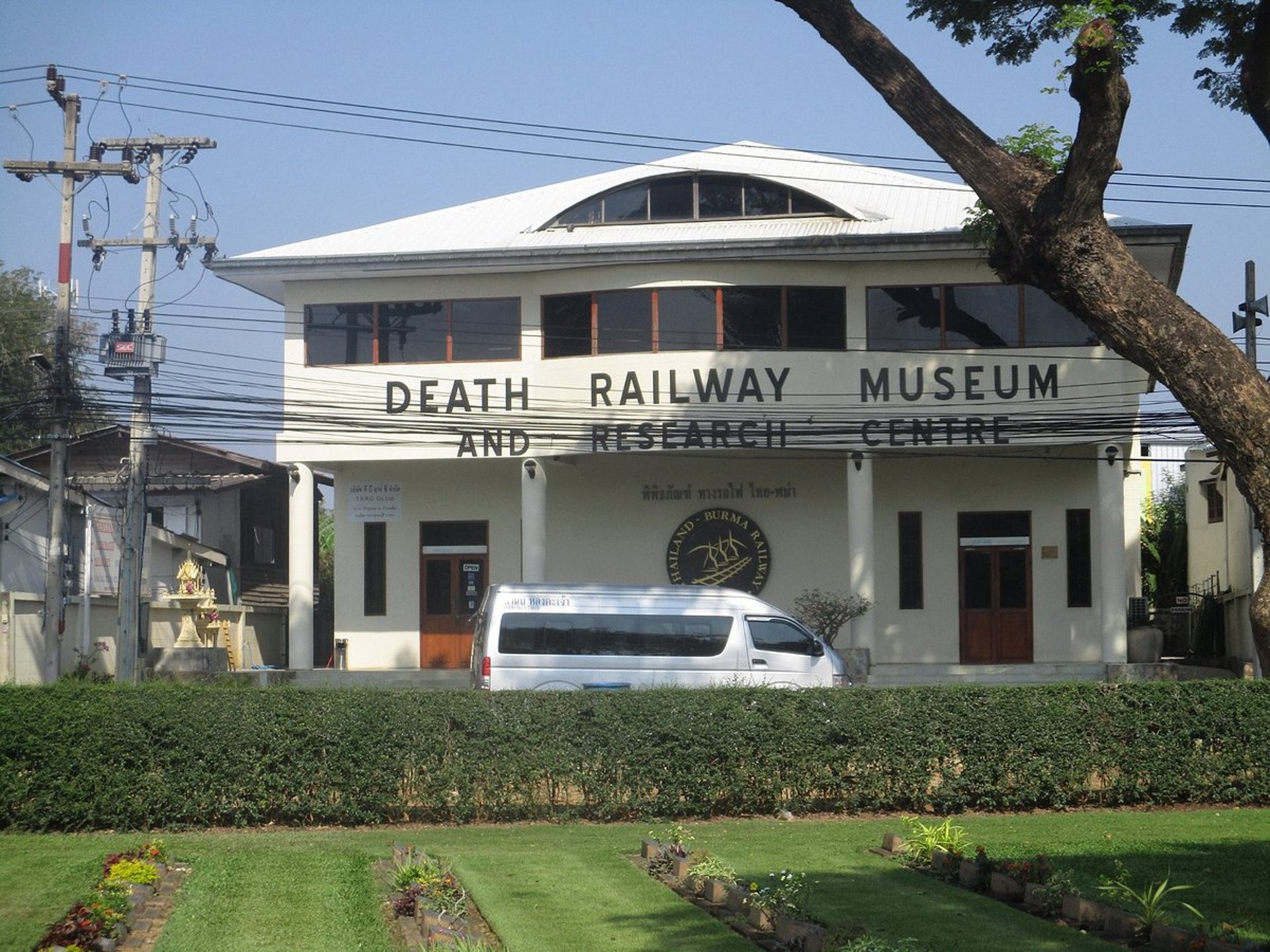
Discovering History's Depths
You didn’t come this far to stop
Episode 8: The Burma-Thailand Railway Research Center - Discovering History's Depths
The Burma-Thailand Railway Research Center in Kanchanaburi, Thailand offers a comprehensive look at the history of the Thailand-Burma Railway during World War II. Founded by Australian railway expert Rod Beattie, the center features interactive exhibits on the construction process, lives of POWs and forced laborers, and lasting effects of the railway. Visitors can explore personal accounts, wartime artifacts, and a 3D diorama of Hellfire Pass. The center also conducts tours to key sites like the River Kwai Bridge and original railway sections, providing in-depth knowledge from knowledgeable guides. With its museum exhibits, research facilities, and moving tributes, the Burma-Thailand Railway Research Center stands as an essential destination for those seeking to understand and honor the sacrifices made during the construction of this infamous railway.
DUNLOPS RESEARCH TRIP 1INSIGHTS IN THEIR FOOTSTEPS BLOGWW2 HISTORY
Toursofwar.com
1/4/20244 min read
Exhibits and Displays
Discovering History's Depths
Museum Exhibits
Interactive exhibits on the construction process of the Thailand-Burma Railway
Displays showcasing the lives and experiences of prisoners of war (POWs) and forced laborers who worked on the railway
A 3-meter deep diorama of Hellfire Pass, a notorious section of the railway known for its harsh conditions and heavy loss of life
Personal accounts and testimonies from POWs and other imprisoned laborers who were forced to build the railway
Wartime artifacts related to the railway's construction and the experiences of those involved
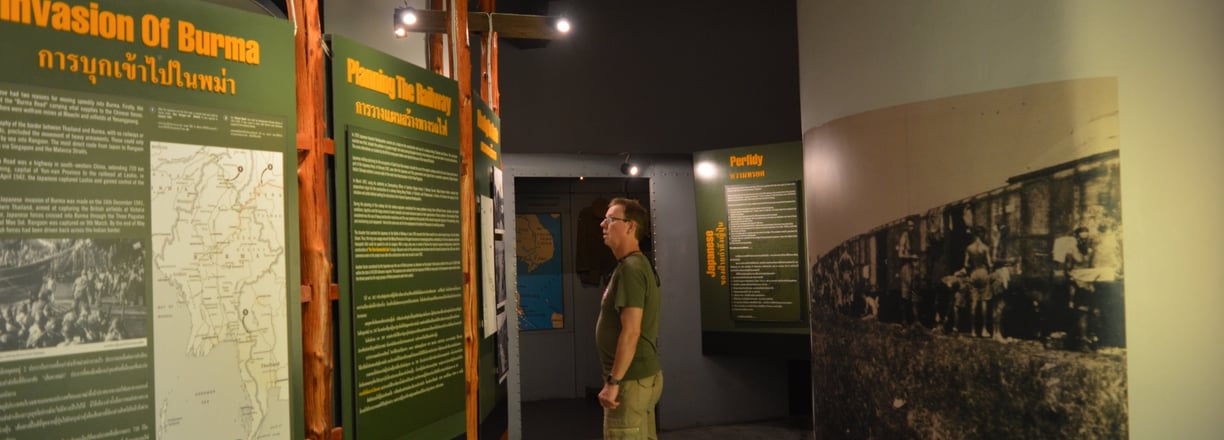

Thailand-Burma Railway Centre Museum
Burma-Research Center in Kanchanaburi, offers tours too
Tours Offered
Thailand-Burma Railway Centre Museum Tour: Visit the interactive museum and research facility, exploring exhibits and learning about the railway's history
River Kwai Bridge Tour: Visit the famous Bridge over the River Kwai, take a long-tail boat ride on the river, and discover the true story behind the bridge and nearby POW camp sites
Historical Railway Tours: Follow the route of the Thailand-Burma Railway with a Railway Researcher/Historian, visiting rarely seen locations and camp sites along the railway and gaining in-depth knowledge about the experiences of POWs and forced laborers
Hellfire Pass Tour: Visit Hellfire Pass, tour the Hellfire Pass Interpretive Centre and Memorial, and learn about the heavy loss of life during the construction of this part of the railway
The Burma-Thailand Railway Research Center stands as a beacon of historical exploration in Kanchanaburi, offering visitors a profound journey into the past. Founded and overseen by Rod Beattie, an Australian authority on the Thailand-Burma Railway, this center serves as a repository of invaluable information and insights into one of World War II's most significant endeavors.
The museum features exhibits on each level, providing a comprehensive overview of the railway's history and impact.
Visitors can explore displays on the construction process, the lives and experiences of prisoners of war (POWs) and forced laborers who worked on the railway, and the lasting effects of the railway on the region. One notable exhibit is a 3-meter deep diorama showing Hellfire Pass, a section of the railway that got its name due to the harsh conditions and heavy loss of life during its construction.

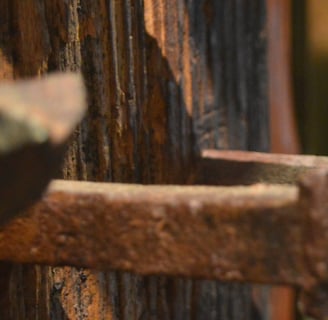
Personal Accounts and Testimonies
The museum balances historical facts and context with personal accounts from POWs and other imprisoned laborers who were forced to build the Thailand-Burma Railway. These personal stories provide a moving and emotional perspective on the terrible ordeals endured by the workers. Galleries upstairs display wartime artifacts related to the railway's construction and the experiences of those involved, helping to bring the history to life and provide tangible connections to the past.
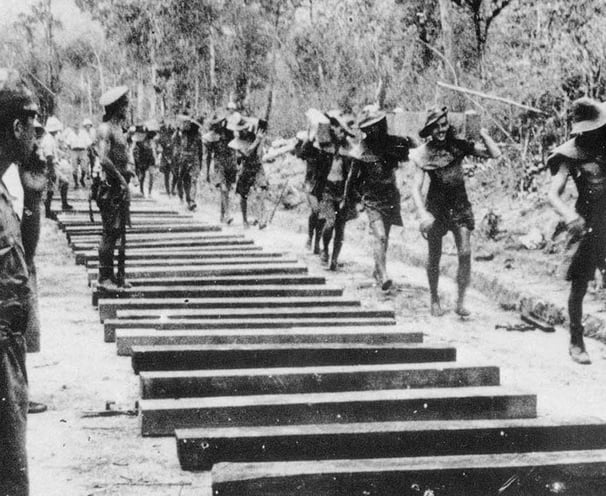

Researching POW's for relatives'
In addition to the museum exhibits, the Burma-Thailand Railway Research Center also serves as a research facility, housing extensive archives and resources for those seeking to uncover the stories of their POW loved ones or delve deeper into the history of the railway.


Research Facilities
Delve deeper into the history
With its comprehensive exhibits, personal accounts, and research facilities, the center stands as a powerful and moving tribute to the countless sacrifices made during the construction of the Thailand-Burma Railway.
Museum Exhibits
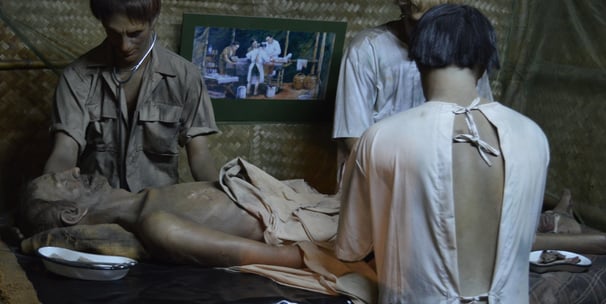

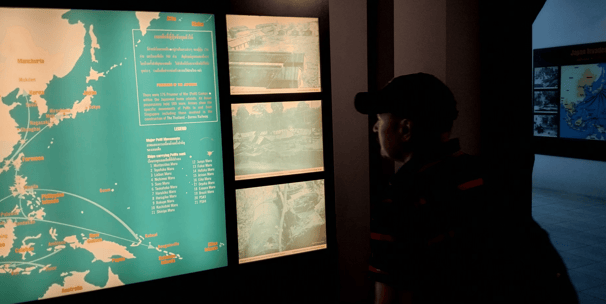

Interactive exhibits
on the construction process of the Thailand-Burma Railway
Displays showcasing the lives and experiences
of prisoners of war (POWs) and forced laborers who worked on the railway
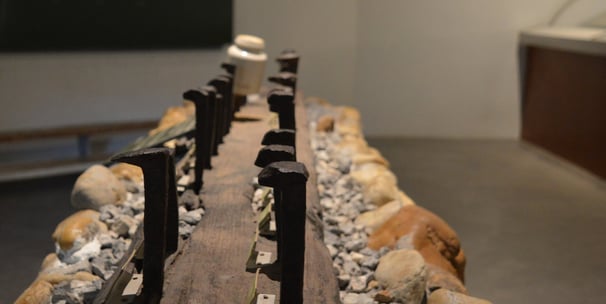

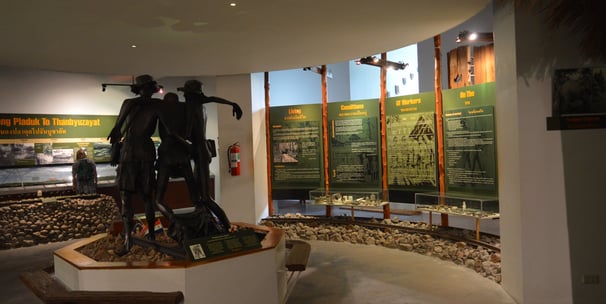

Wartime artifacts
related to the railway's construction and the experiences of those involved
A 3-meter deep diorama
of Hellfire Pass, a notorious section of the railway known for its harsh conditions and heavy loss of life
A Hub of Knowledge
The research center also houses a cafe, offering a menu of local and international cuisine to sustain visitors on their journey through history. Opening Times: The Burma-Thailand Railway Research Center is open daily from 9:00 AM to 5:00 PM, allowing ample time for visitors to immerse themselves in the past.
